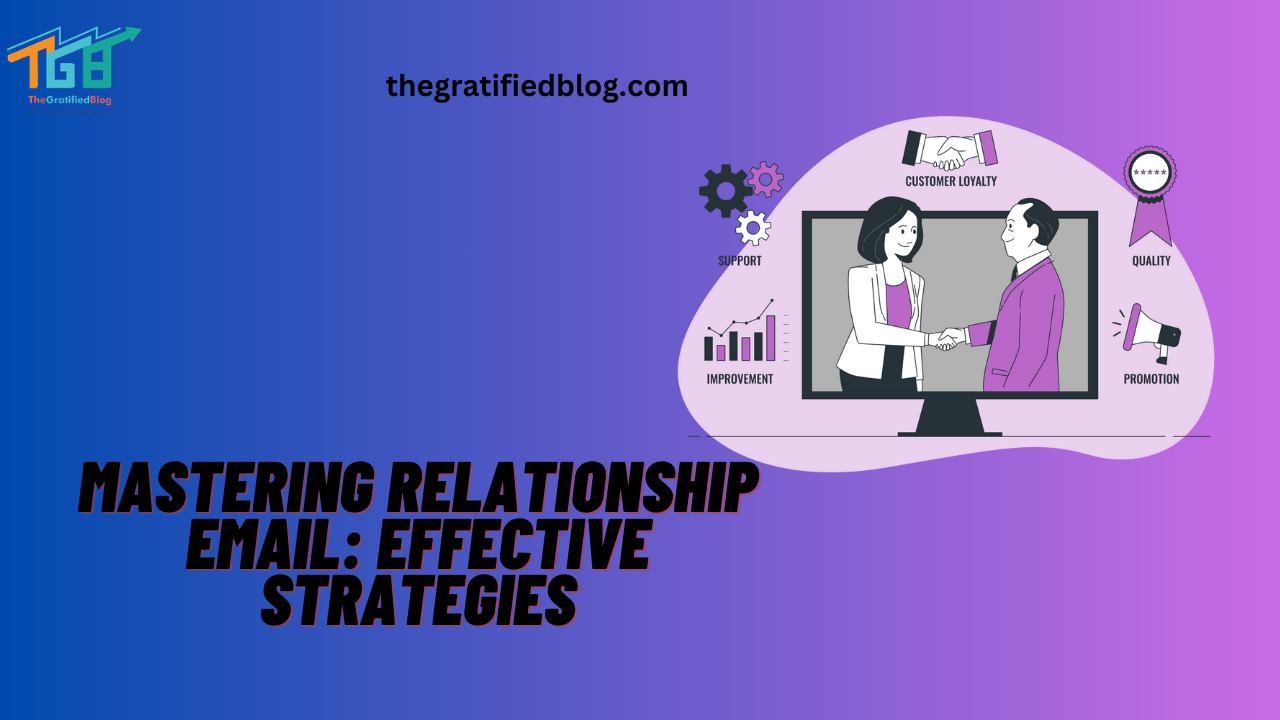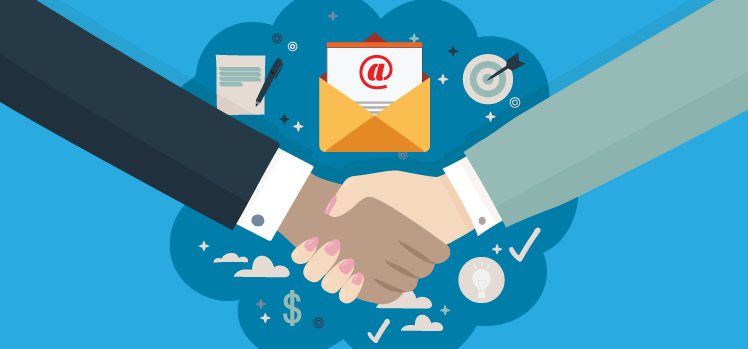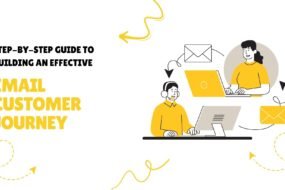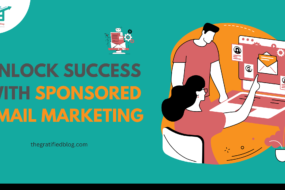
In today’s digitally interconnected world, email remains one of the most critical tools for maintaining and nurturing personal and professional relationships.
Whether you’re communicating with family and friends, colleagues, clients, or potential business partners, mastering the art of relationship email is crucial. Effective email communication can foster trust, enhance collaboration, and solidify bonds.
This article will explore key strategies to help you master relationship email and build strong connections.
What Is Relationship Email?
Relationship email refers to maintaining and nurturing communication with individuals or organizations over email to build and sustain positive connections.
It focuses on fostering genuine, long-term relationships rather than merely transactional interactions. It often involves personalized and relevant content tailored to recipients’ interests and needs.
These emails emphasize trust, transparency, and reciprocity, aiming to create a sense of goodwill and loyalty among recipients. They can be utilized for various purposes, including customer relationship management, networking, lead nurturing, and outreach.
Effective relationship email strategies encompass segmentation, personalization, and engagement tracking to ensure meaningful and mutually beneficial interactions.
It is a valuable tool in business and personal communication, enabling the cultivation of strong and enduring connections.
In Email Marketing, What Is A Relationship Email?
In email marketing, a relationship email is crucial to nurturing and maintaining a solid connection with your audience. Unlike promotional emails focusing on sales and offers, relationship emails foster trust, engagement, and a lasting rapport with subscribers.
These emails are typically personalized and informative, aiming to provide real value to the recipient. They often include content such as newsletters, educational articles, helpful tips, or updates on company happenings.
By consistently delivering valuable content, businesses can establish themselves as industry authorities and build a loyal customer base.
It also involves two-way communication. It encourages recipients to interact by asking for feedback and opinions or hosting surveys, promoting engagement, and understanding customer preferences.
These emails often respect subscriber preferences and frequency choices, ensuring a non-intrusive and respectful approach.
Relationship emails are a cornerstone of successful email marketing, allowing brands to forge lasting connections, gain customer loyalty, and drive long-term growth.
How Do You Build Relationships In Email?

Building relationships through email marketing requires thoughtful communication and genuine engagement. Firstly, start by personalizing your emails.
Address recipients by name and use a warm tone; this personal touch makes your subscribers feel valued. Show empathy and understanding in your messages, demonstrating that you value their perspectives and needs. A follow-up email after a meeting is a great way to deepen connections by reinforcing key discussions, addressing unanswered questions, or sharing additional resources.
To truly build lasting connections, it’s essential to incorporate the keyword “build relationships through email marketing” naturally within your content.
Not solely concentrating on selling products or services but also providing valuable information, sharing relevant stories, and nurturing a sense of trust and reliability is essential.
Effective communication is critical; be concise and transparent in your writing, avoiding jargon or overly formal language. Respond promptly to emails, showing respect for their time. Encourage two-way conversation by asking questions and seeking input rather than just delivering information.
Consistency is crucial. Regularly touch base with updates, relevant content, or helpful resources. Additionally, be mindful of email etiquette, like using proper subject lines, avoiding excessive use of capital letters, and proofreading for errors.
Building trust is a cornerstone of relationship-building in email. Be transparent, deliver on promises, and admit mistakes when they occur. Above all, respect email boundaries and not bombard recipients with excessive messages.
Remember, nurturing relationships via email is an ongoing process that requires patience and effort. By prioritizing personalization, effective communication, consistency, trust, and respect, you can successfully build and maintain meaningful relationships in the digital realm.
Effective Relationship Email Strategies

Certainly! Here are four effective email strategies for maintaining and nurturing relationships:
Personalization
Personalization is a pivotal element in effective email communication. By tailoring your emails to the recipient’s interests, preferences, and previous interactions, you create a powerful tool for building meaningful relationships.
Begin using their name, which adds a personalized touch from the outset. Referencing past conversations or interactions demonstrates that you’ve invested time and effort in understanding their journey.
This attention to detail shows respect and highlights your commitment to their satisfaction. Personalization showcases your awareness of their unique needs and challenges. When recipients feel you genuinely comprehend, Addressing their pain points enhances the likelihood of their engagement with your content.
This connection extends beyond the immediate email and can cultivate long-term loyalty. Incorporating personalization into your email strategy fosters authenticity. It goes beyond generic mass emails, making each recipient feel valued.
Implementing this strategy can result in higher open rates, click-through rates, and conversion rates. In crowded inboxes, personalized emails distinguish themselves, increasing the likelihood of being noticed and acted upon.
To harness the full potential of personalization, leverage data analytics and segmentation to target specific groups with tailored content.
Continuously refine your personalization efforts by seeking feedback and monitoring email performance metrics. By putting personalization at the forefront of your email strategy, you can forge stronger connections, boost engagement, and drive results in your email marketing endeavors.
Consistency And Regular Communication
Consistency and regular communication are the cornerstones of nurturing and sustaining meaningful relationships. It’s crucial to balance staying in touch and overwhelming your contacts.
By sending periodic updates, sharing relevant content, or simply reaching out for a friendly check-in, you demonstrate your commitment to nurturing the connection.
Consistency signifies that you prioritize the relationship and are genuinely interested in its longevity. Regular communication ensures that you remain on your contact’s radar, making it easier to reconnect when needed. This steady flow of interaction builds trust and reliability.
Consistent communication is a two-way street. It invites reciprocal engagement from your contacts, fostering a mutually beneficial relationship.
Over time, this consistent effort transforms acquaintances into valuable connections, potentially opening doors to opportunities and collaborations.
By nurturing connections with consistency and regularity, you Position yourself as a reliable and trustworthy ally in both personal and professional spheres.
So, remember, maintaining meaningful relationships is not just about the initial connection but about tending to them with care and dedication over time.
Provide Value
Make sure that each email you send provides value to the recipient. A fundamental principle of effective communication in the digital age involves ensuring that emails go beyond mere transactions and are instead focused on building meaningful connections.
You demonstrate a genuine interest in their well-being by sharing helpful information tailored to the recipient’s needs. Offer solutions to their problems, showing that you’re not just sending emails for your benefit but to assist them genuinely.
Being a listening ear can be valuable, especially in professional relationships where trust is paramount.
When emails consistently benefit recipients, they are more likely to engage and respond positively. It fosters a sense of reciprocity, where they feel inclined to reciprocate your kindness and attention.
Over time, this approach can lead to stronger professional relationships and increased trust. Value-driven emails also showcase your expertise and thoughtfulness, positioning you as a valuable resource and a go-to person in your field.
Every email you send is an opportunity to make a positive impression and reinforce your reputation. So, make each one count by providing genuine value to the recipient. Doing so will strengthen your connections and enhance your overall communication effectiveness.
Clear Call To Action (CTA)
After reading your email, clarify what you want the recipient to do. Whether scheduling a meeting, responding to a question, or taking a specific action, a well-defined CTA guides the interaction and helps move the relationship forward.
Be concise and persuasive in your CTAs. A clear Call to Action (CTA) is the linchpin of effective email communication. It serves as the compass, directing the recipient’s next steps.
Your CTA should be unmistakable, leaving no room for ambiguity. Whether your goal is scheduling a meeting, eliciting a response to a question, or prompting a specific action, a well-defined CTA is the conduit through which your intentions flow.
Your CTA must exude clarity and persuasion in just a few well-chosen words. Ambiguity only breeds confusion, potentially leading to missed opportunities or unfulfilled objectives. A decisive CTA helps streamline the interaction, ensuring both sender and recipient are on the same page.
A compelling CTA infuses your email with purpose, motivating the recipient to take the desired action. It establishes a sense of urgency or importance, compelling them to prioritize your request.
Crafting a CTA is akin to setting the stage for a productive dialogue, where each party understands their role and moves the relationship forward harmoniously.
In essence, a well-crafted CTA isn’t just a mere request; it’s a strategic maneuver that can steer the course of your email communication toward success. In emails, clarity and persuasion in your CTAs are the keys to unlocking fruitful interactions.
Remember, effective relationship-building through email is not about quantity but quality. Building trust and rapport over time is the key to successful and lasting relationships.
Conclusion
Mastering relationship email is an essential skill in today’s interconnected world. Effective email communication can strengthen personal bonds, enhance professional collaborations, and open doors to new opportunities.
You can create meaningful connections and nurture existing relationships by starting with a strong subject line, personalizing your messages, respecting the recipient’s time, and following up consistently.
It is not just about words on a screen; it’s a powerful tool for building trust and rapport.








No Comments